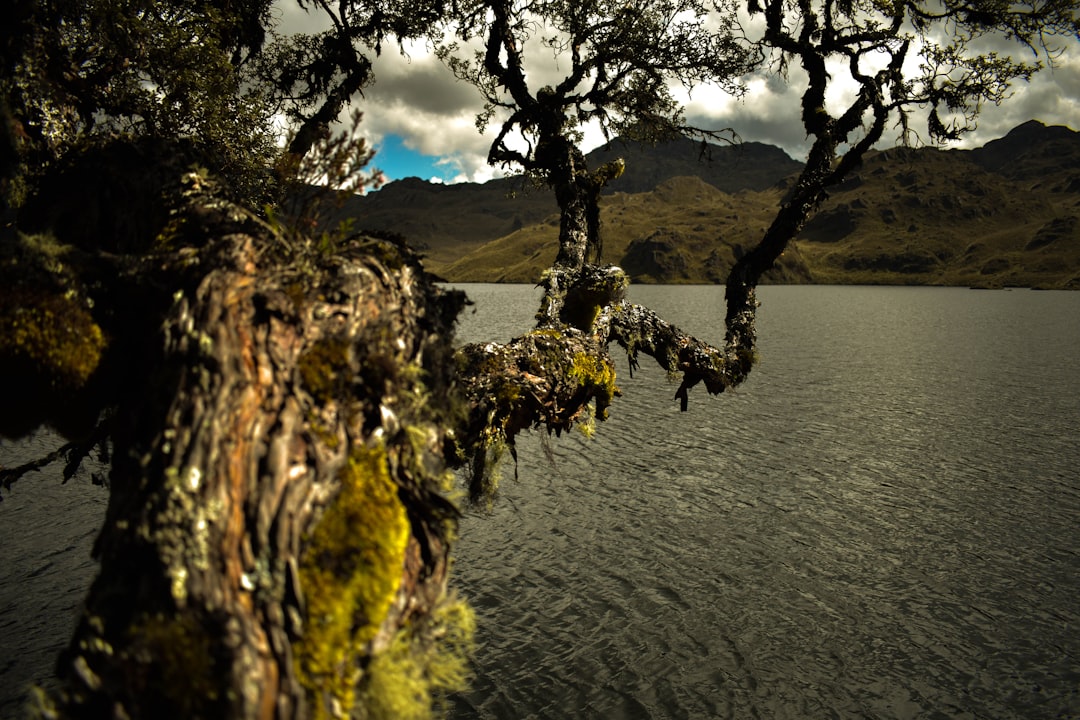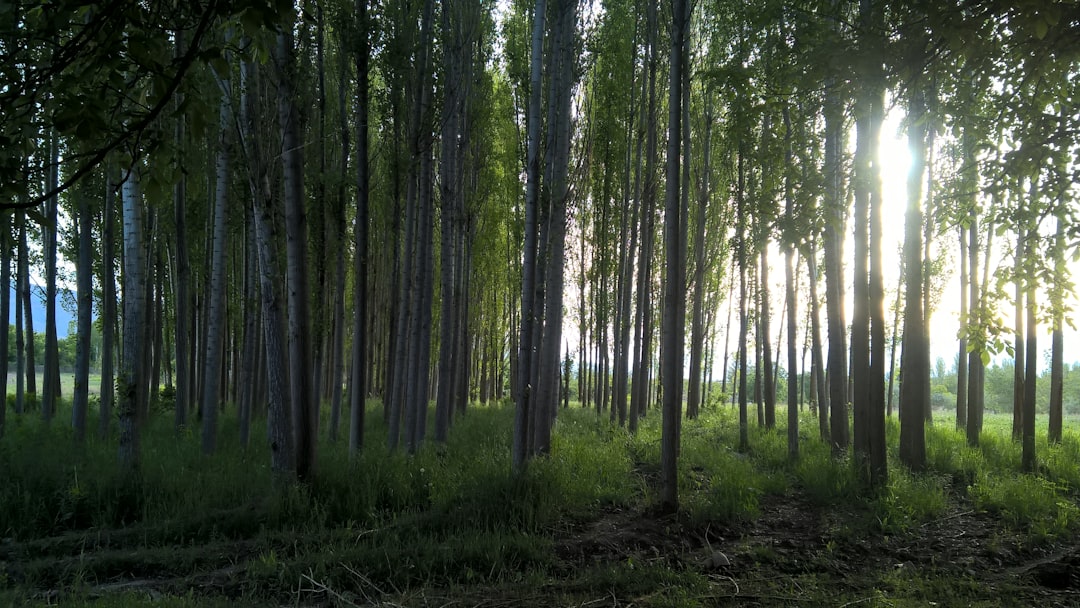What is it about?
Abstract Big-leaf mahogany is the world’s most valuable widely traded tropical timber species and Near Infrared Spectroscopy (NIRS) has been applied as a tool for discriminating its wood from similar species using multivariate analysis. In this study four look-alike timbers of Swietenia macrophylla (mahogany or big-leaf mahogany), Carapa guianensis (crabwood), Cedrela odorata (cedar or cedro) and Micropholis melinoniana (curupixá) have been successfully discriminated using NIRS and Partial Least Squares for Discriminant Analysis using solid block and milled samples. Species identification models identified 155 samples of S. macrophylla from 27 countries with a correct classification rate higher than 96.8%. For these specimens, the NIRS spectrum variation was more powerful for species identification than for determining provenance of S. macrophylla at the country level. Keywords: Near infrared spectroscopy, Carapa guianensis, Cedrela odorata, Micropholis melinoniana, Swietenia macrophylla, provenance.
Featured Image
Why is it important?
Mahogany wood is an endengerous species and is releted in Appendix II of the Convention on International Tradein Endangered Species of Wild Fauna and Flora (CITES)
Perspectives
In this study, NIRS and PLS-DA were used to discriminate Swietenia macrophylla from Carapa guianensis; Cedrela odorata and Micropholis melinoniana using both powder and block samples. Model update was used as a strategy to evaluate whether species identification models developed with solid samples could be robust enough to identify a test set of S. macrophylla milled samples from 27 countries. It was well succeded.
Dr Tereza T Pastore
Serviço Florestal Brasileiro
Read the Original
This page is a summary of: NIRS IDENTIFICATION OF SWIETENIA MACROPHYLLA IS ROBUST ACROSS SPECIMENS FROM 27 COUNTRIES, IAWA Journal, September 2016, Brill,
DOI: 10.1163/22941932-20160144.
You can read the full text:
Contributors
The following have contributed to this page










